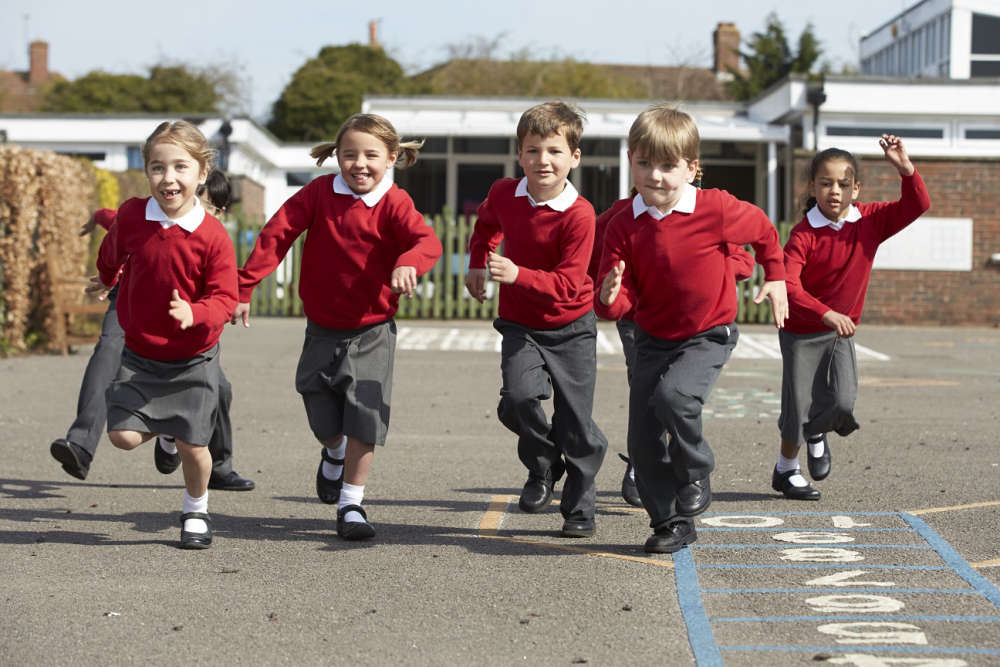
One in five reception places will have to be slashed from Brighton and Hove’s primary schools by 2025 – and some schools may close.
A council report out today has earmarked seven schools for a reduction in numbers, and says more will be needed.
Pupil numbers are continuing to fall and Brighton and Hove City Council predicts just 1,930 will apply for primary and infant spaces in September 2025 – down 20 per cent from this year.
To keep to the government-recommended surplus of 10 per cent spaces, this means the current reception capacity of 2,820 needs to be reduced by 540.
If nothing is done to reduce admission numbers, these extra spare spaces would leave a black hole in many city school budgets.
In the last few years reception places have been cut from schools including Coombe Road, Westdene Primary, Hangleton Primary, Balfour Primary and twice from Moulsecoomb and West Hove Infant School (Connaught Road).
Councillors on the Children, Young People and Skills Committee are asked to approve launching public consultations on reducing 2023 admission numbers at seven more schools when they meet today (Monday).
Under the proposals, Bevendean, Coldean, Rudyard Kipling, and Woodingdean Primary Schools would have their numbers reduced from 60 to 45 pupils.
Carden and Queen’s Park Primary Schools would go from 60 to 30 pupils and Saltdean Primary from 90 to 60 pupils.
All the schools apart from Woodingdean Primary were undersubscribed for the 2021 intake.
Papers going before the committee state more schools will be required to consult on changing Published Admission Numbers (PAN) in the next five years.
In the report, the committee is asked to note:
“The expectation that in the next three-five years proposals to consult upon a change to the Published Admission Number (PAN) of more schools will be required alongside the possible closure of some primary schools in the city.
“To best ensure schools are best placed to face this future, increasing focus will be placed upon developing more and larger collaborations between schools which it is hoped will provide greater resilience to the challenges that will follow.”
Parents have protested against previous school number reductions carried out by the council since 2017.
There is a surplus of places across the city even though the council removed 390 places from 11 schools.
This year 2,434 children were offered places at city primary and infant schools, with 386 spaces left unfilled.
From September 2023, the council predicts 2,132 applications for reception classes, leaving 538 spaces unfilled if no further reductions take place.
In 2024 2,080 applications are predicted, leaving 590 empty places.
The first indications for September 2025 are for 1,930 applications, leaving 740 surplus spaces.
School funding is the main reason for reducing numbers.
The report said:
“Having too many surplus places can lead to schools having financial difficulties when, for example, they have a PAN of 60 pupils but only admit 36 starting school places.
“Under infant class size regulations, a school must have a maximum of 30 pupils taught by one teacher in Reception, Year One and Year Two and so the school would be required to fund two class teachers with an average class size of 18 pupils.
“School funding is mainly pupil-led, and where pupil numbers in year groups fall well below 30 (or multiples of), there will be issues of affordability and financial viability.
“A shift to mixed-age classes is the most effective way to mitigate the financial impact.”
The Children, Young People and Skills Committee meets at Hove Town Hall from 4pm today (Monday).
The meeting is scheduled for webcast on the council website.




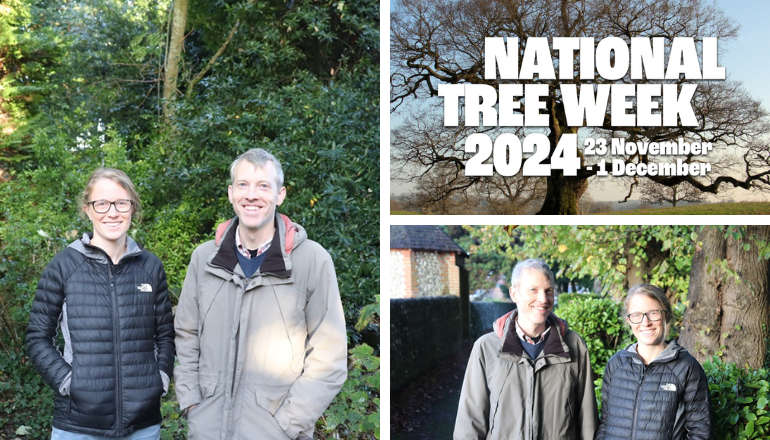 Funding Available For Tree Planting In Chichester District as National Tree Week Begins
Funding Available For Tree Planting In Chichester District as National Tree Week Begins
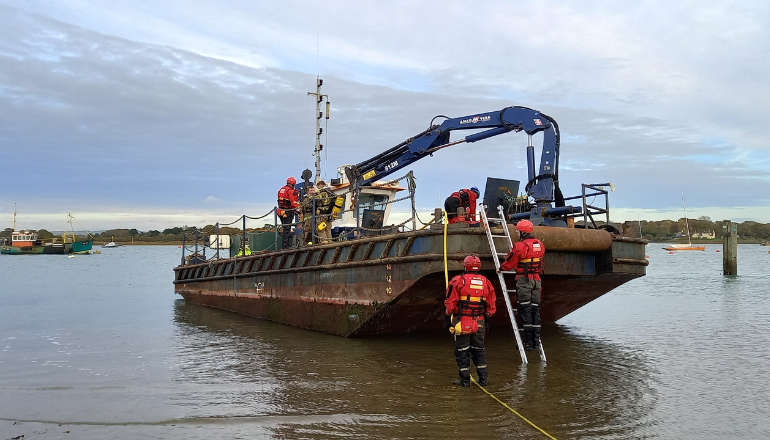 West Sussex Firefighters And Emergency Services Carry Out Training Exercise In Chichester Harbour
West Sussex Firefighters And Emergency Services Carry Out Training Exercise In Chichester Harbour
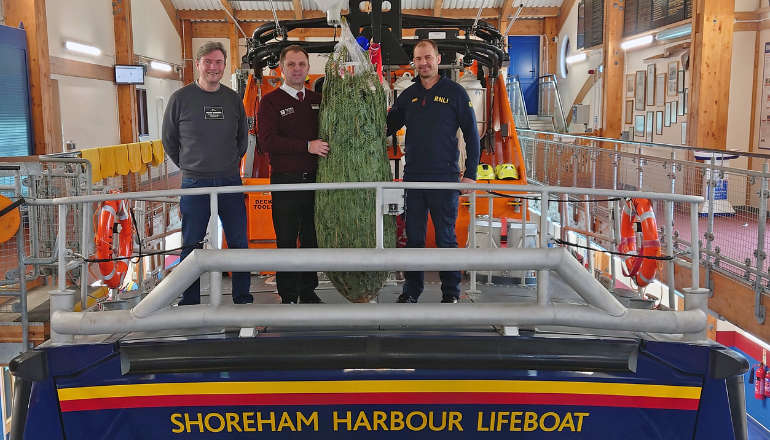 Shoreham Lifeboat’s Festive Look Boosted By Family-Run Business
Shoreham Lifeboat’s Festive Look Boosted By Family-Run Business
 Final Touches Being Made To £2m Sussex Wastewater Site Upgrade
Final Touches Being Made To £2m Sussex Wastewater Site Upgrade
 AllSaints Founder To Host Sustainable Fashion Show In Brighton To Raise Money For Homelessness In City
AllSaints Founder To Host Sustainable Fashion Show In Brighton To Raise Money For Homelessness In City
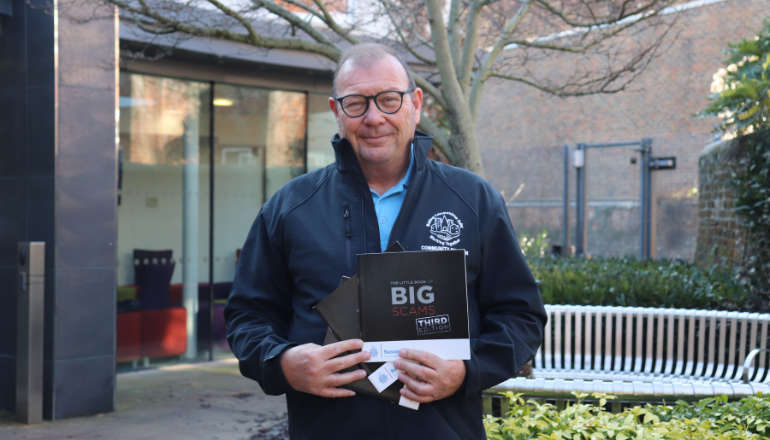 Chichester Community Warden Helping Fight Against Fraud This Christmas
Chichester Community Warden Helping Fight Against Fraud This Christmas
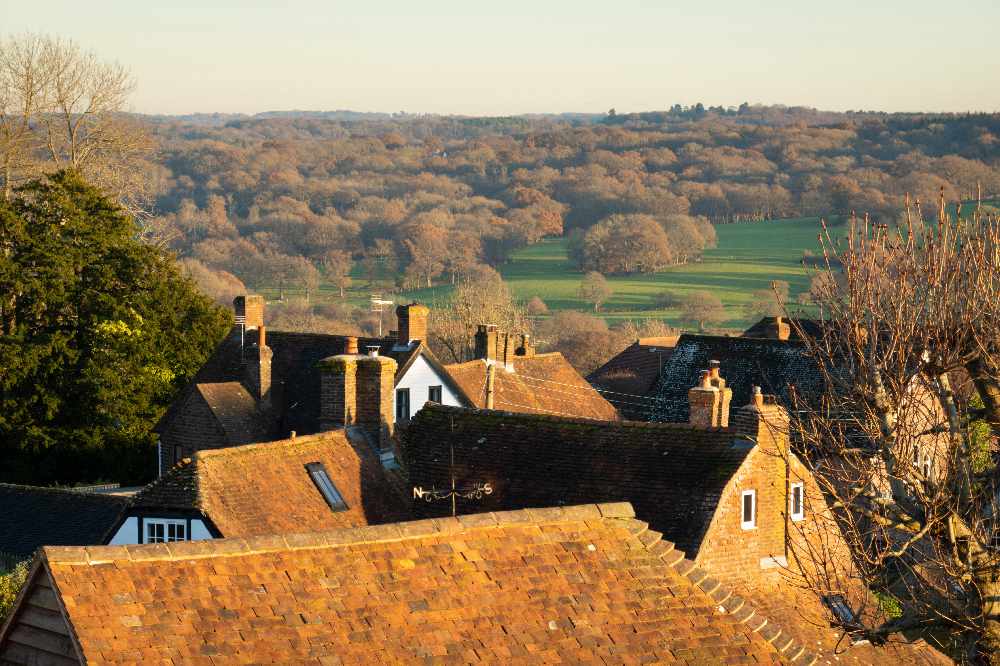 Wealden Council Calls For Government Rethink On Winter Fuel Payment
Wealden Council Calls For Government Rethink On Winter Fuel Payment
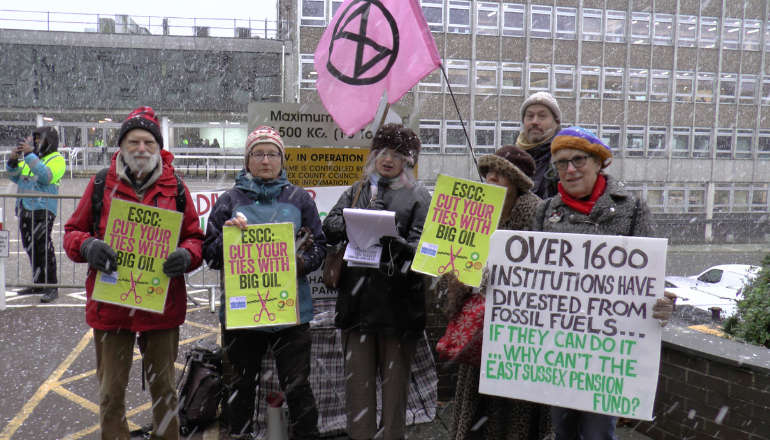 Snowy Protest At Lewes County Hall Calls For Fossil Fuel Divestment
Snowy Protest At Lewes County Hall Calls For Fossil Fuel Divestment
 Local MP Tours Firefighters’ Centre In Littlehampton
Local MP Tours Firefighters’ Centre In Littlehampton
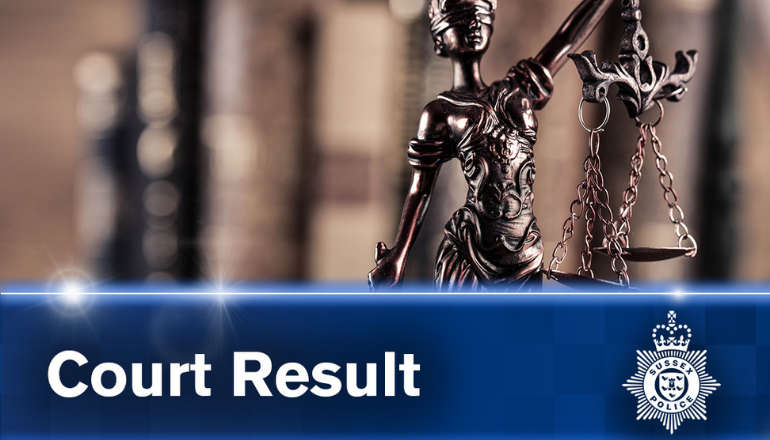 Former Portslade Scout Leader Convicted Of 79 Child Sex Offences
Former Portslade Scout Leader Convicted Of 79 Child Sex Offences